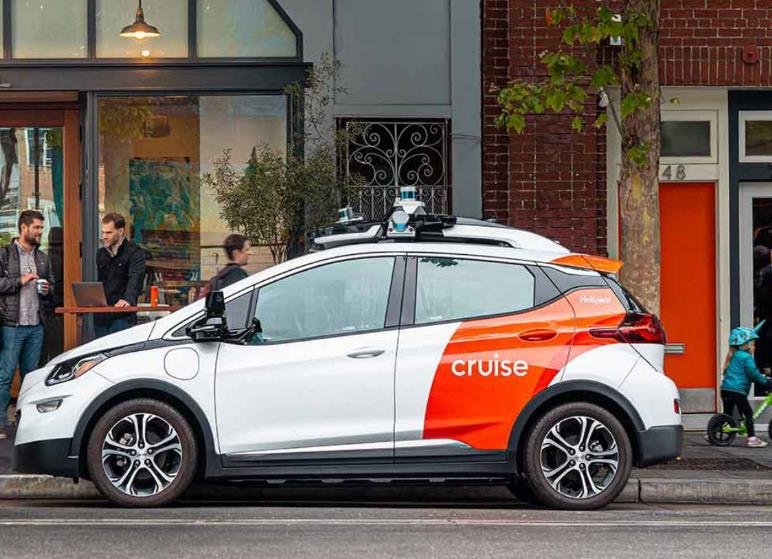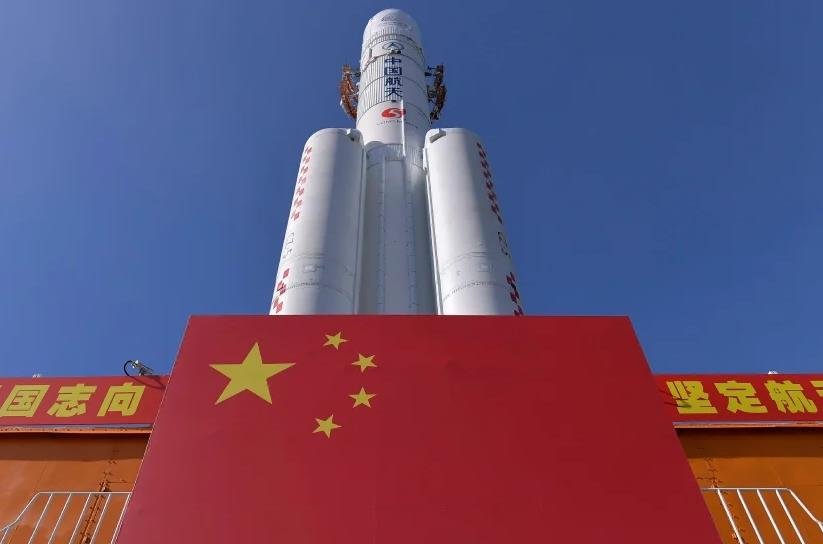General Motors has officially ceased its partnership with Cruise, marking a significant shift in the American robotaxi landscape. With this move, Tesla stands alone among U.S. automakers pursuing autonomous ride-hailing services.
GM’s Sudden Exit from the Robotaxi Race
For over a year, General Motors (GM) maintained its commitment to Cruise, the self-driving ride-hailing service. Promises of a comeback kept enthusiasts hopeful. However, on Tuesday, GM announced a sharp turnaround, halting funding for Cruise’s robotaxi operations. The company will now integrate Cruise’s technical team into its own workforce to enhance self-driving technologies for GM’s consumer vehicles.
Mary Barra, GM’s CEO, addressed analysts, citing the immense “time and expense” needed to scale the robotaxi business. She also pointed to rising competition, specifically mentioning Alphabet’s Waymo as Cruise’s primary rival. Waymo currently operates in Los Angeles, Phoenix, and San Francisco, with plans to expand to Miami, Austin, and Atlanta.
“Scaling a robotaxi service is more challenging and costly than anticipated,” Barra stated. This decision underscores the difficulties faced by automakers in balancing advanced technology development with practical deployment on public roads.

The Fallout of the 2023 San Francisco Incident
The high-profile accident involving Cruise in San Francisco in 2023 played a crucial role in GM’s decision to withdraw. The incident led to a year-long suspension of Cruise’s services, highlighting the inherent risks in the nascent robotaxi industry.
Impact of the Incident:
- Public Trust Erosion: The crash shook consumer confidence in autonomous vehicles.
- Regulatory Scrutiny: Increased oversight from city officials and transportation authorities.
- Financial Strain: Prolonged suspension added to operational costs without revenue.
This event not only affected Cruise but also served as a cautionary tale for other companies in the field.
A Trend Among American Automakers
GM’s exit mirrors the experiences of other major U.S. automakers like Ford and Volkswagen. Both companies previously invested heavily in ride-hailing ventures but ultimately pulled back from their ambitious plans.
Common Reasons for Withdrawal:
- High Development Costs: Building and maintaining autonomous fleets require substantial investment.
- Technological Hurdles: Achieving reliable self-driving capabilities remains a significant challenge.
- Market Uncertainty: Unclear consumer demand and regulatory environments make long-term planning difficult.
These factors collectively contribute to the hesitation among automakers to continue pursuing robotaxi services aggressively.
Tesla: The Lone American in the Robotaxi Frontier
With GM and others stepping back, Tesla has emerged as the only American automaker still pushing forward with its autonomous ride-hailing ambitions. Tesla’s approach differs from traditional automakers, leveraging its extensive electric vehicle (EV) infrastructure and in-house technology development.
Tesla’s Strategy:
- Integrated Ecosystem: Combining EVs with autonomous software to create a seamless user experience.
- Data-Driven Improvements: Utilizing vast amounts of real-time driving data to refine self-driving algorithms.
- Scalability Plans: Aiming to deploy robotaxis globally by leveraging existing manufacturing capabilities.
Tesla’s commitment to maintaining control over both vehicle production and software development gives it a unique position in the market.
The Future of Robotaxis in America
The departure of major players like GM, Ford, and Volkswagen signals a challenging road ahead for the American robotaxi industry. However, the landscape is not entirely bleak. Tesla’s continued investment may pave the way for future innovations, but the path to widespread autonomous ride-hailing remains fraught with obstacles.
- Regulatory Approval: Navigating the complex legal frameworks governing autonomous vehicles.
- Safety Assurance: Ensuring that self-driving technology meets stringent safety standards.
- Consumer Acceptance: Building trust and encouraging adoption among the general public.
These challenges will require coordinated efforts from automakers, technology companies, and regulators to overcome.
What This Means for the Autonomous Vehicle Market
GM’s exit and the retreat of other automakers could have broader implications for the autonomous vehicle market. With fewer competitors, Tesla may gain a significant advantage, but it also bears the responsibility of leading the industry forward.
- Innovation Slowdown: Reduced competition might lead to slower technological advancements.
- Market Consolidation: Tesla could dominate the robotaxi sector, potentially stifling new entrants.
- Investment Shifts: Investors may redirect funds towards more promising autonomous ventures or alternative technologies.
The evolving dynamics highlight the need for strategic planning and adaptability in the rapidly changing landscape of autonomous transportation.















